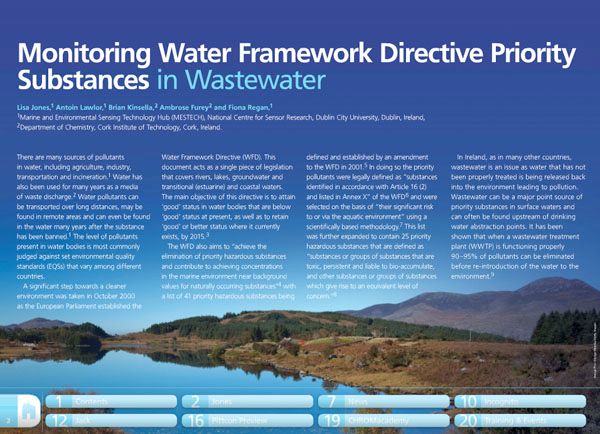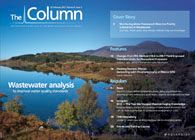Monitoring Water Framework Directive Priority Substances in Wastewater
The Column
The level of pollutants present in water bodies is most commonly judged against set environmental quality standards (EQSs) that vary among different countries.
There are many sources of pollutants in water, including agriculture, industry, transportation and incineration.1 Water has also been used for many years as a media of waste discharge.2 Water pollutants can be transported over long distances, may be found in remote areas and can even be found in the water many years after the substance has been banned.1 The level of pollutants present in water bodies is most commonly judged against set environmental quality standards (EQSs) that vary among different countries.
Analytical Challenges in Measuring Migration from Food Contact Materials
November 2nd 2015Food contact materials contain low molecular weight additives and processing aids which can migrate into foods leading to trace levels of contamination. Food safety is ensured through regulations, comprising compositional controls and migration limits, which present a significant analytical challenge to the food industry to ensure compliance and demonstrate due diligence. Of the various analytical approaches, LC-MS/MS has proved to be an essential tool in monitoring migration of target compounds into foods, and more sophisticated approaches such as LC-high resolution MS (Orbitrap) are being increasingly used for untargeted analysis to monitor non-intentionally added substances. This podcast will provide an overview to this area, illustrated with various applications showing current approaches being employed.













